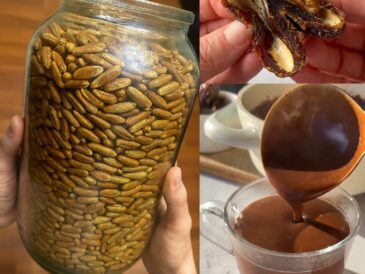Coleus (scientifically known as Plectranthus scutellarioides or formerly Solenostemon and Plectranthus) is one of the most popular indoor ornamental plants worldwide. Its spectacular foliage, which comes in a kaleidoscope of colors and intricate patterns, adds instant visual appeal to any room. Whether you want to brighten up your living room, office, or bedroom, growing coleus indoors is a fantastic way to bring vibrant life and color into your space.
This comprehensive guide will walk you through everything you need to know to successfully grow, maintain, and propagate coleus indoors. We’ll cover all critical aspects — from choosing the right variety and planting medium to lighting, watering, fertilizing, pest control, and troubleshooting common problems. With expert advice and actionable steps, you’ll be equipped to cultivate healthy, flourishing coleus plants that brighten your interior spaces all year round.
Why Choose Coleus as an Indoor Plant?
Coleus is celebrated for its ease of care, adaptability, and stunning foliage that ranges from deep purples and bright reds to vibrant greens, yellows, and pinks. It is:
- Low-maintenance: Unlike many houseplants, coleus thrives with moderate care.
- Versatile: It grows well in containers, hanging baskets, or even terrariums.
- Compact size: Ideal for indoor environments.
- Colorful foliage: Provides a dramatic splash of color without flowers.
- Air-purifying: Like many plants, coleus helps improve indoor air quality.
Whether you’re a novice plant lover or an experienced gardener, coleus offers an excellent opportunity to hone your indoor gardening skills.
Selecting the Right Coleus Variety for Indoor Growth
There are hundreds of coleus cultivars, but not all are equally suited to indoor environments. Some varieties are bred for large outdoor beds and may become leggy indoors without adequate light. Consider these indoor-friendly types:
- ‘Wizard Mix’: A compact variety with bright, multi-colored leaves.
- ‘Kong Series’: Known for larger leaves and strong color contrasts.
- ‘Henna’: Features deep burgundy leaves with bright green edges.
- ‘Solar Flair’: Has fiery reds and oranges ideal for bright rooms.
- ‘Black Dragon’: Dark purple foliage for a dramatic statement.
Look for cultivars that are marketed as “compact,” “indoor-friendly,” or “dwarf” for best results.
Step-by-Step Guide to Growing Coleus Indoors
1. Choosing the Right Container and Potting Mix
- Container size: Start with a pot at least 6-8 inches in diameter for a mature coleus. Smaller pots can be used for seedlings or young plants.
- Drainage: Ensure your pot has drainage holes to prevent waterlogging and root rot.
- Potting medium: Use a light, well-draining soil mix. A blend of peat moss, perlite, and standard potting soil works well.
- Optional: Add slow-release fertilizer pellets to provide steady nutrition.
2. Propagation Methods: Seeds, Cuttings, and Transplants
- Seeds: Coleus seeds are tiny and need a light soil covering. Sow on moist seed-starting mix and keep warm (around 70°F/21°C).
- Cuttings: This is the fastest and most reliable method. Take 4-6 inch stem cuttings just below a node. Remove lower leaves and root them in water or moist soil.
- Transplants: Purchase healthy nursery plants if you want immediate gratification.
3. Optimal Lighting Conditions
Coleus thrives in bright, indirect sunlight. Avoid direct, harsh sunlight indoors as it can scorch the leaves. A north or east-facing window is ideal. If natural light is insufficient:
- Use grow lights: Full-spectrum LED grow lights placed 6-12 inches above the plant for 12-14 hours daily can replicate ideal conditions.
- Rotate the plant periodically to ensure even growth and prevent legginess.
4. Temperature and Humidity Requirements
- Temperature: Coleus prefers 60-75°F (15-24°C). Avoid cold drafts or sudden temperature drops.
- Humidity: Moderate humidity is best. Indoor air can be dry, especially in winter, so increase humidity with:
- Humidity trays (water and pebbles beneath the pot).
- Misting leaves lightly with water (avoid overdoing it to prevent fungal issues).
- Room humidifiers.
- Click page 2 for more



